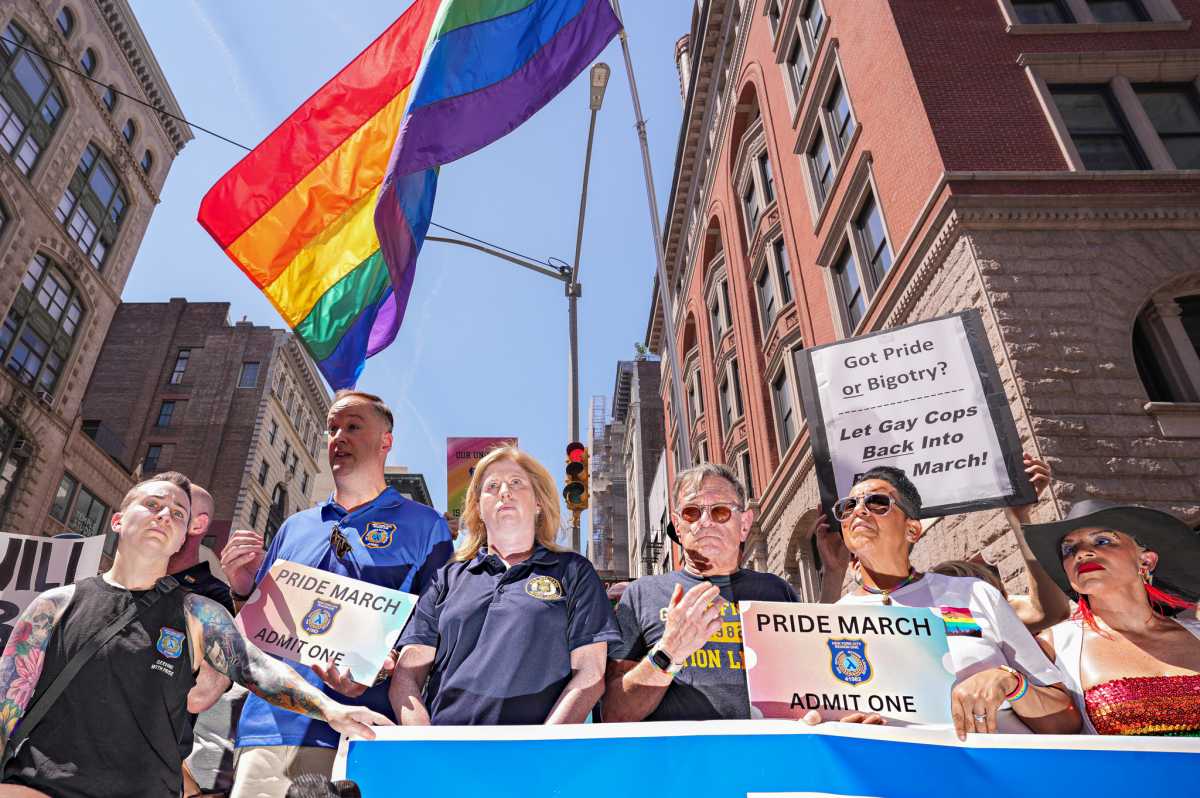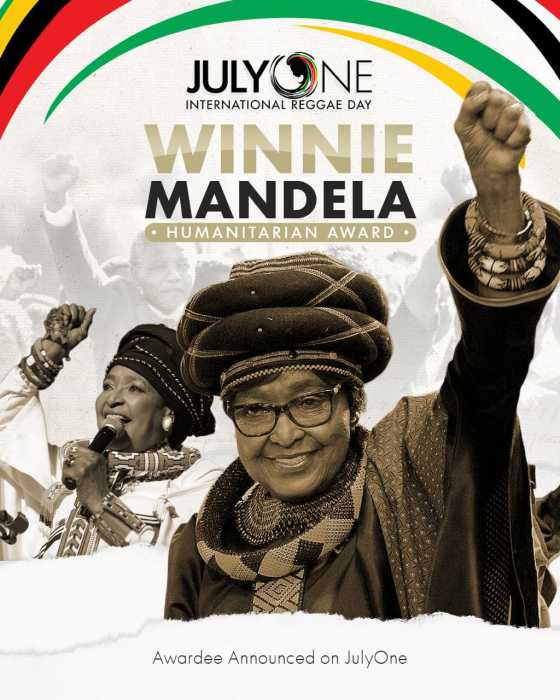Contrary to other reports, highest infections among older men
In a 2001 study, gay and bisexual men in New York City were infected with HIV at a rate that was nearly ten times higher than the rate for all the study participants citywide, according to city health department records.
Using the so called “detuned” HIV test––it identifies people who are newly infected––the city tested 1,022 blood samples of people who were first diagnosed as HIV positive in 2001, but could have been infected at any time prior to their diagnosis. Using the “detuned” testing technology, the city then determined which of those infections had occurred within the prior six months.
In the overall group, the incidence rate, or the percent who are newly infected in a year, was 0.29 while the incidence rate among men who have sex with men was 2.5 percent.
An incidence rate is affected by how often a population gets tested for HIV. Because heterosexuals tend to test less often, the overall rate of new infections of 0.29 could be artificially low.
The incidence rates among gay and bisexual men during the 1980s, when HIV spread quickly through the community, were “in the double digits” per year, but the rate in the study would be enough to keep HIV thriving among those men today, according to Dr. Lucia V. Torian, director of the HIV epidemiology program at the health department.
“It’s not ballistic,” Torian said of the 2.5 percent rate. “It’s enough to sustain an epidemic and under the right conditions it is enough to fuel a resurgent epidemic.”
Other health department studies show that the incidence rates among men who have sex with men have remained relatively stable for a decade.
“Every slice we have taken of HIV incidence rates among [men who have sex with men] over the last ten years have been between 2 and 3 percent per year meaning they have not changed,” Torian said.
The incidence data is from a study that will be presented at an AIDS conference in San Francisco in early February. The health department posted a detailed report on the data on its web site in August. Gay City News, unaware of the web site report, obtained the study data and the report after making an open records request to the department in December.
The report turns on its head the prevailing wisdom about who is getting infected, though the data has limitations. Forty percent of the sample had an unknown HIV risk factor and some of the populations in the study were very small, so their rates could be affected by a large number of positive test results in a tiny group. But the numbers nonetheless suggest that among gay and bisexual men new infections are higher among older men, refuting conventional wisdom in recent years that resurgent infections are centered among younger men.
Among men, whites had the highest incidence at 0.74 percent, followed by African-Americans at 0.68 percent, Asian, Pacific Islander and Native American men had a rate of 0.60 percent, and Latinos had an incidence rate of 0.57.
There were only 10 Asian, Pacific Islander, or Native American men in the study.
Men between the ages of 20 and 24 had an incidence rate of 0.58, but then the rate fell to 0.28 for men between 25 and 29. The rates climbed to 0.72 for men between 30 and 34 and 1.00 for men between 35 and 39. The rates then fell again to 0.71 for men between 40 and 44 and then rose to 0.75 for men between 45 and 49. The rates for men under 20 and over 50 were 0.30 and 0.39, respectively.
Among women, African Americans had the highest incidence rate at 0.31, followed by Latino women at 0.10 and white women at 0.06. By age, the rates among women ranged from a low 0.13 for 25 to 29-year-olds to 0.55 for women from 40 to 44.
The higher rates among men are “most likely” attributable to men who have sex with men though the health department is not reporting growing incidence rates among gay and bisexual men.
“We don’t see an increase in incidence yet,” Torian said. “Whether it is actually on the increase is something we are waiting with bated breath to figure out.”
A second health department study that will be presented in San Francisco tested 2,455 people who were newly diagnosed with HIV with the “detuned” test between June 1, 2000 and June 30, 2002. Men who have sex with men accounted for 26 percent of the people with AIDS or HIV in the study and 32 percent of the new infections.
































